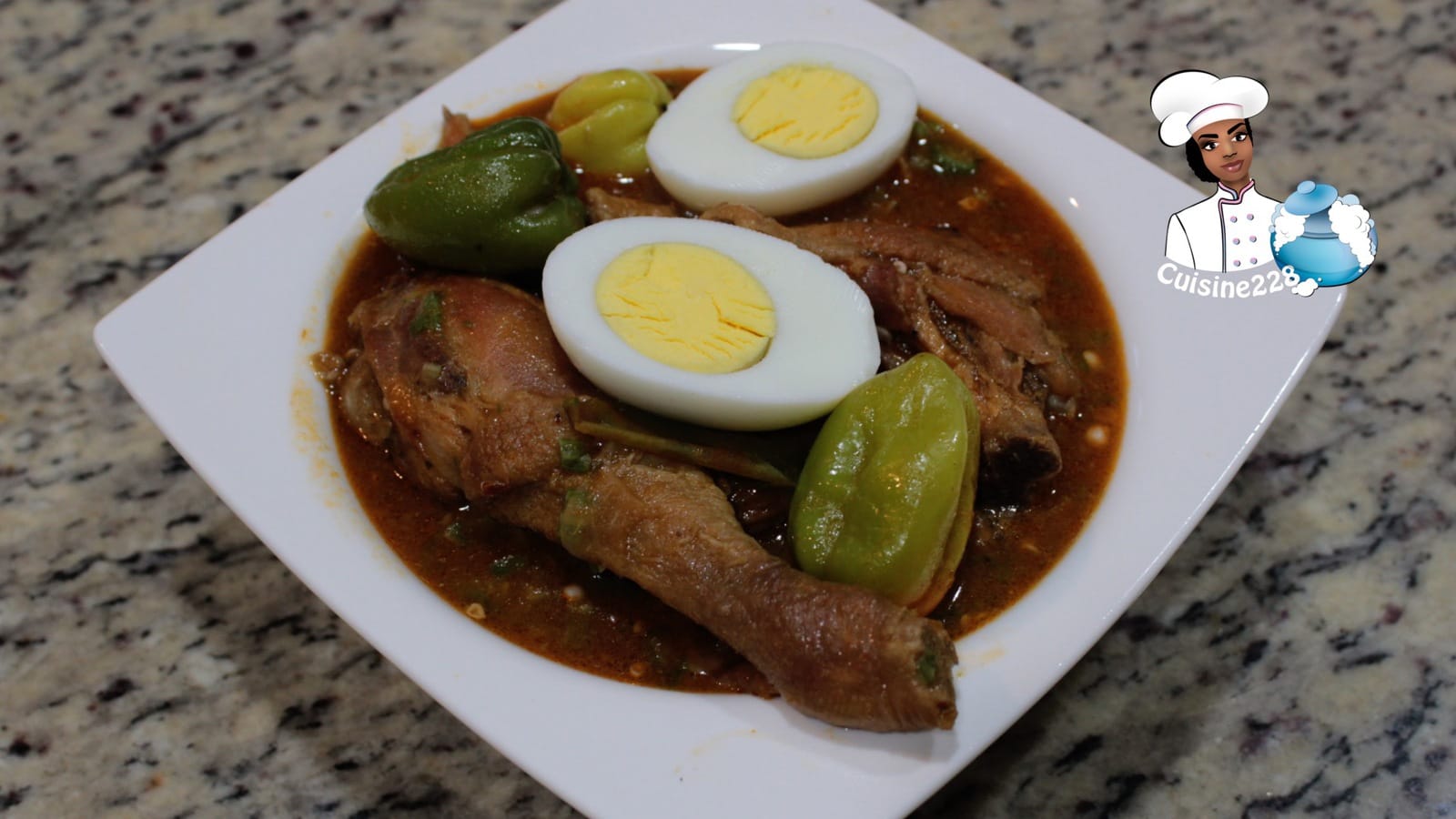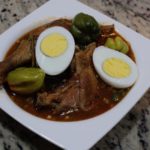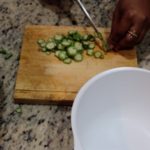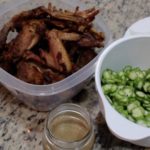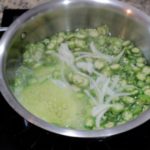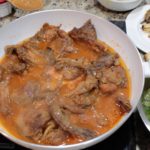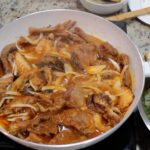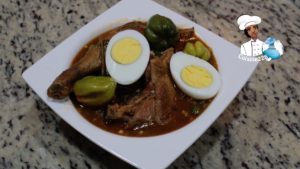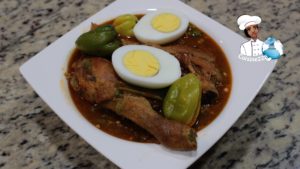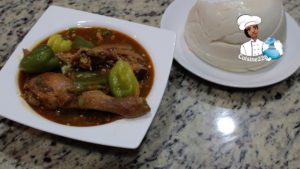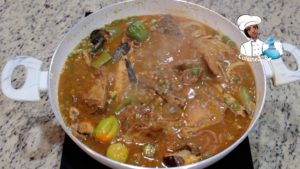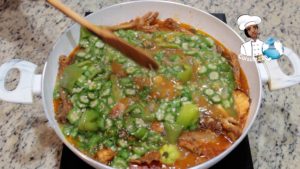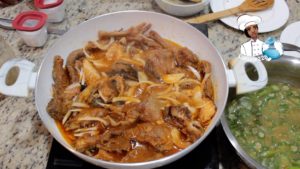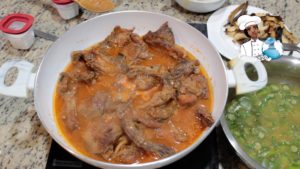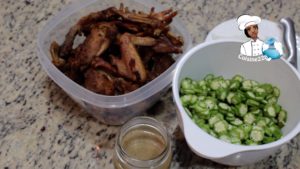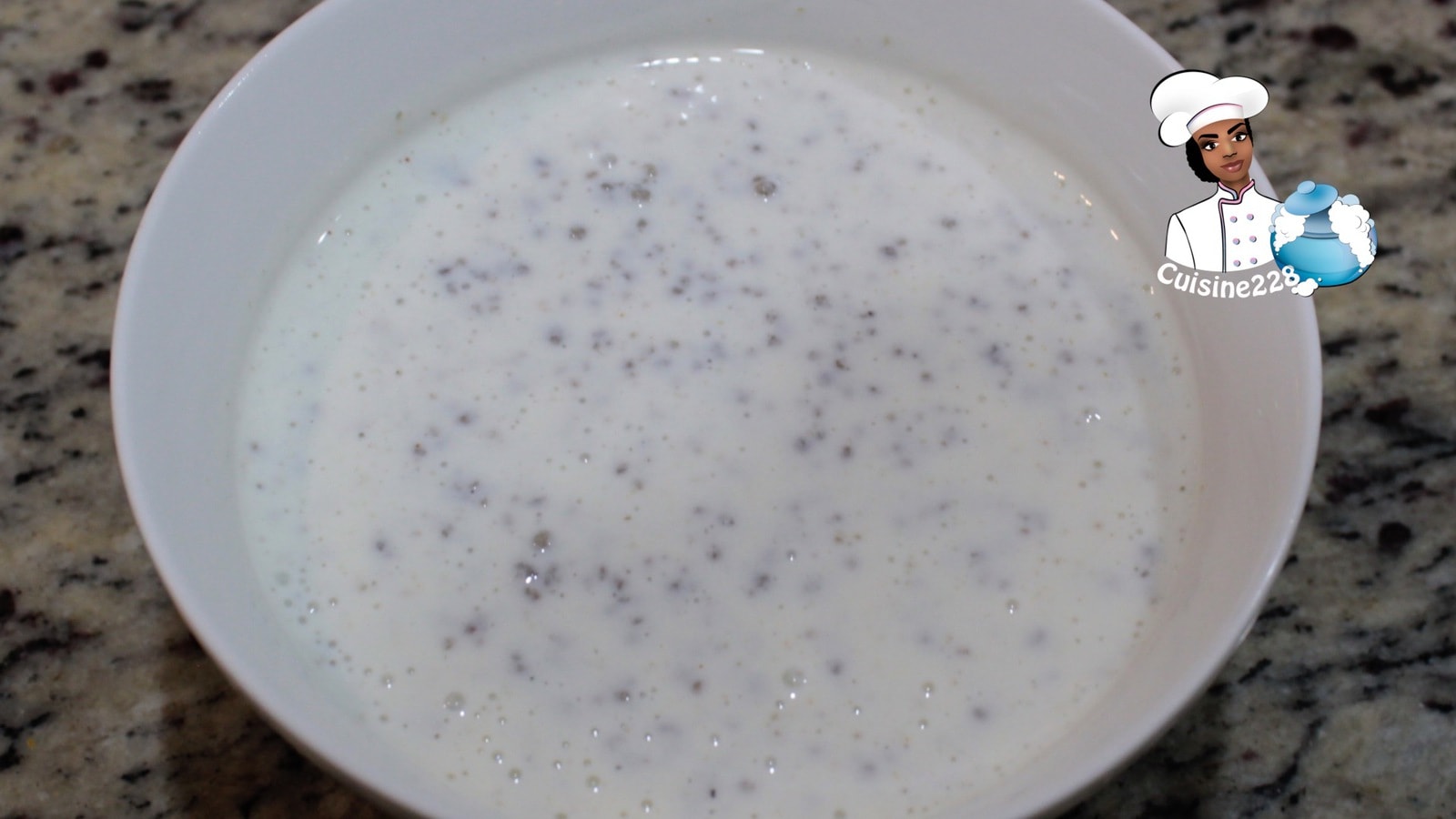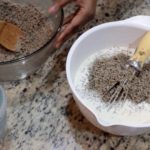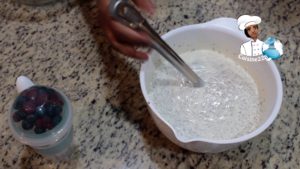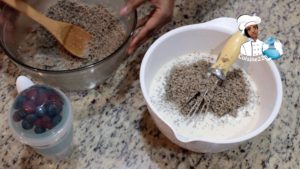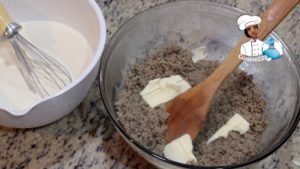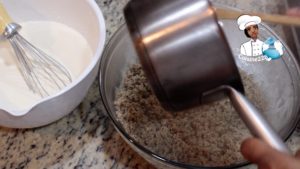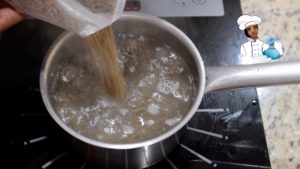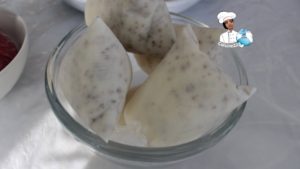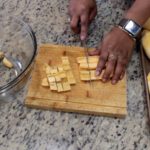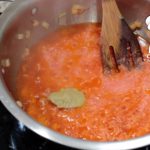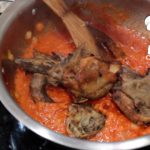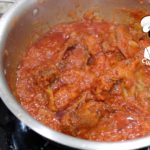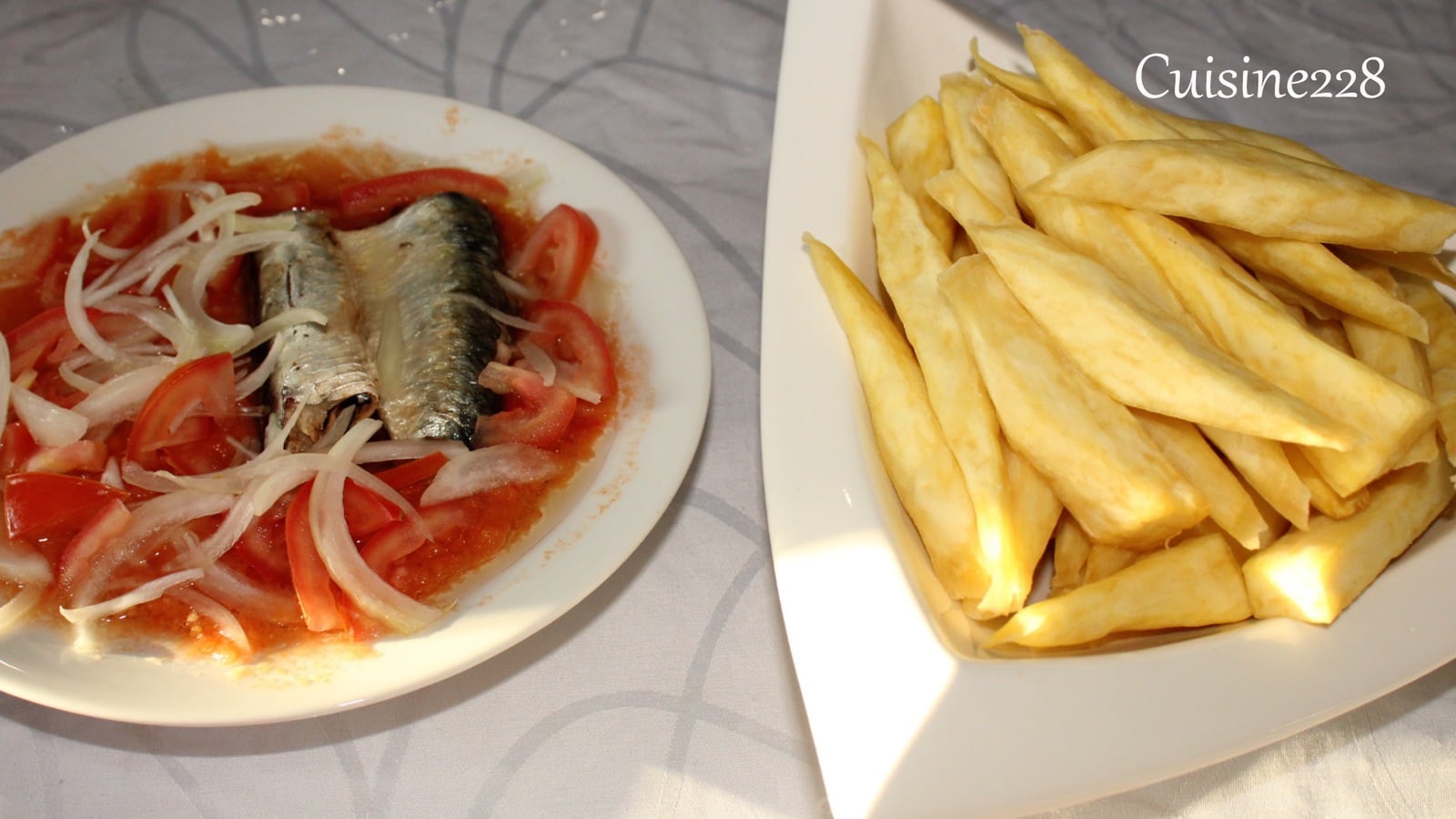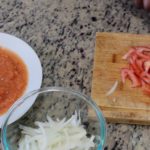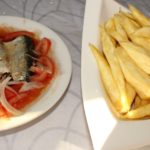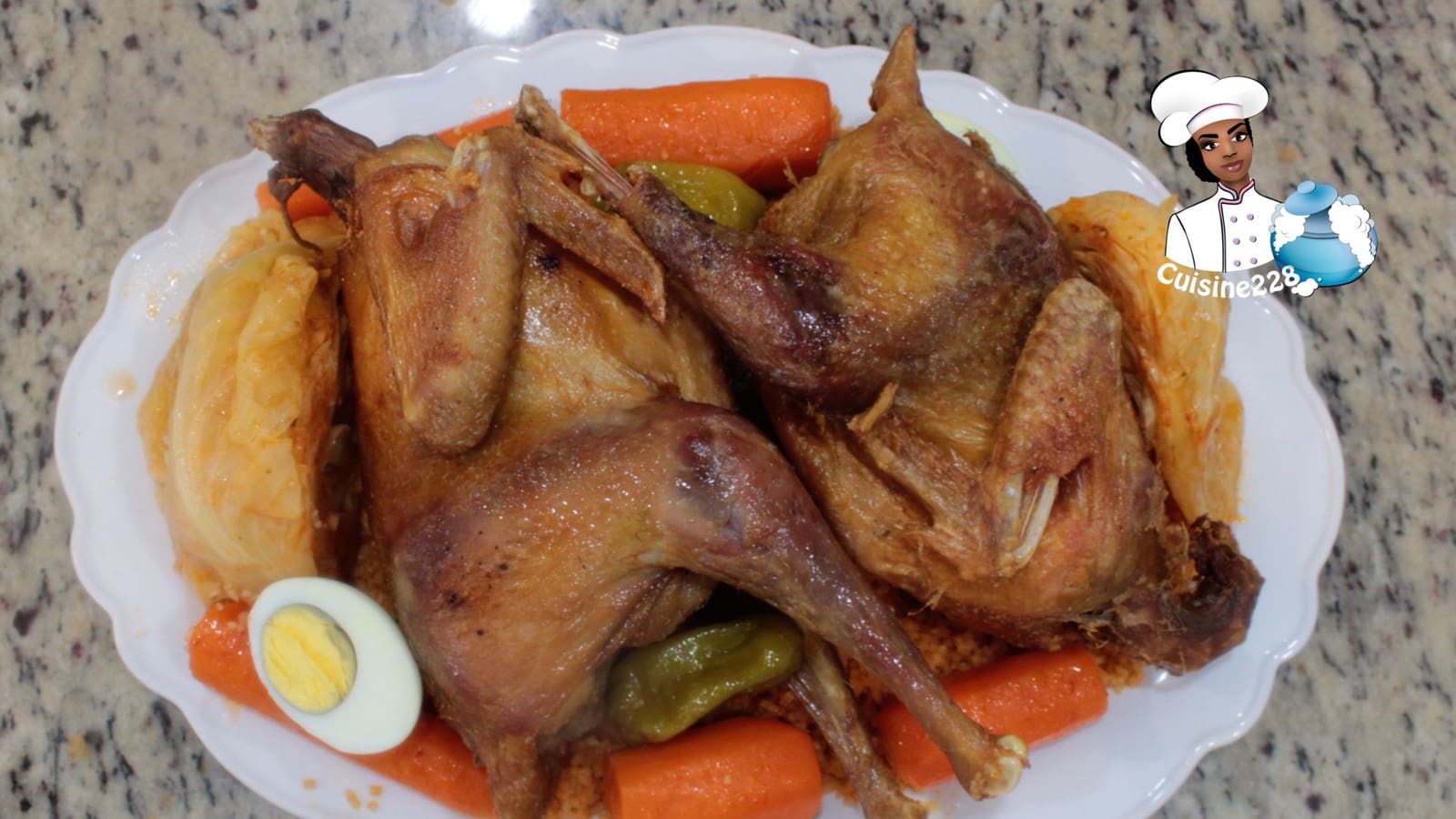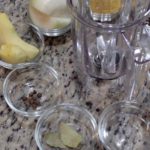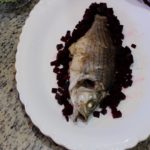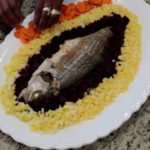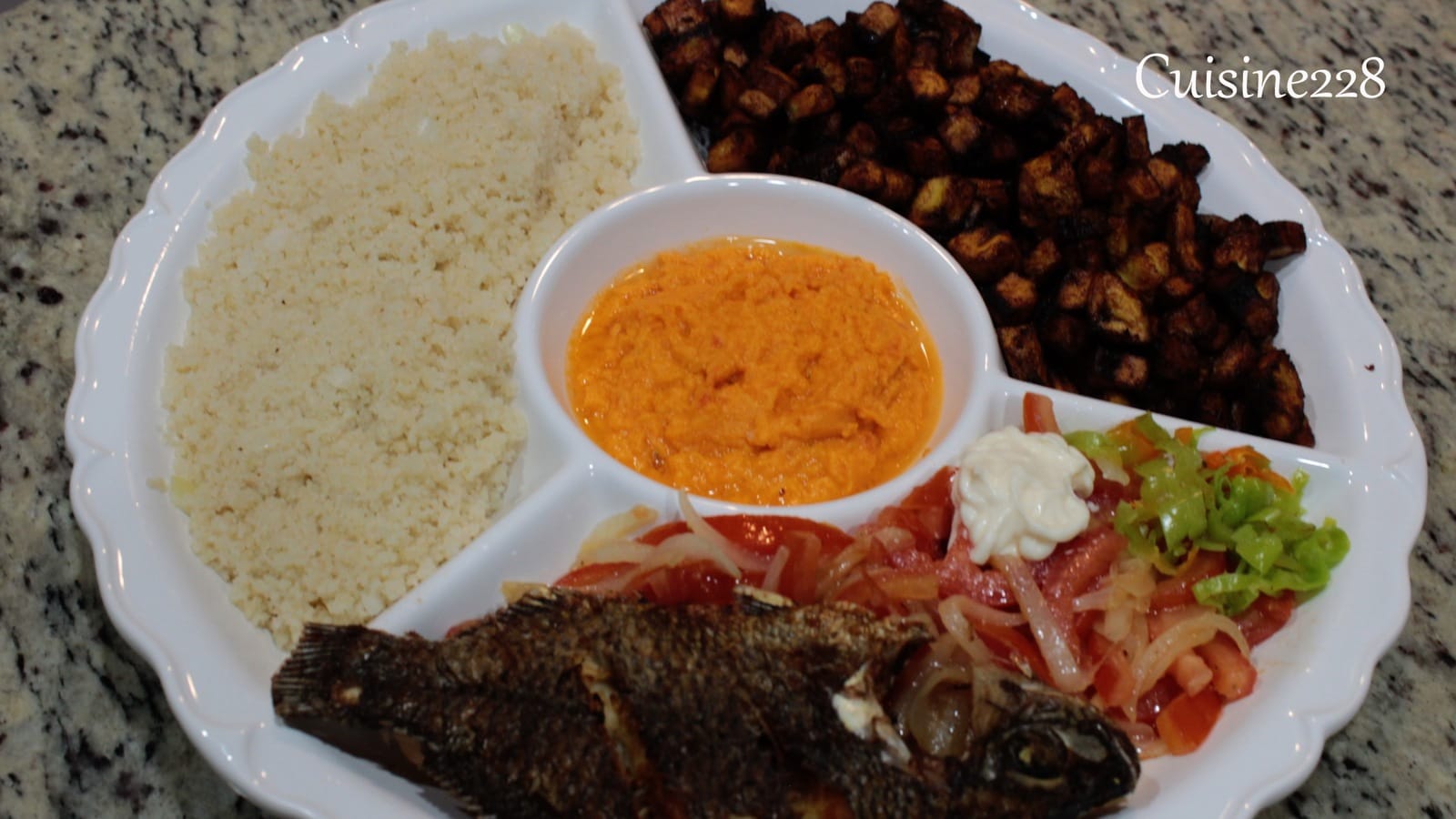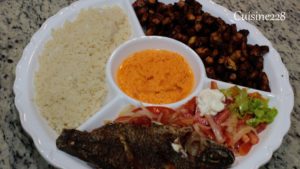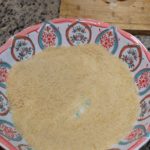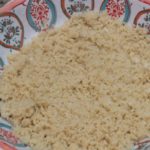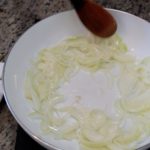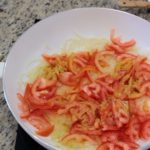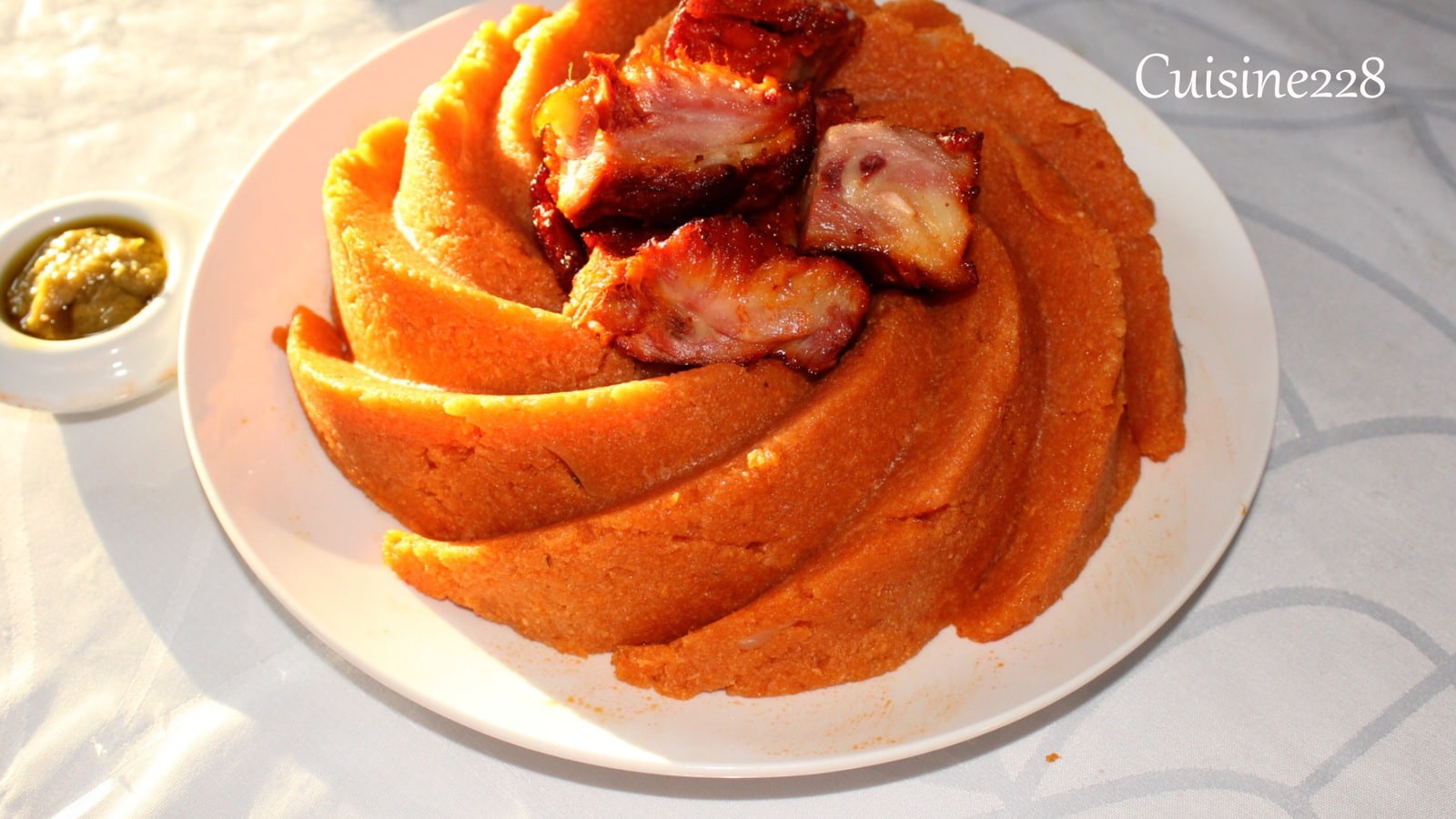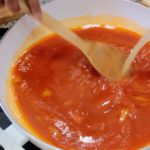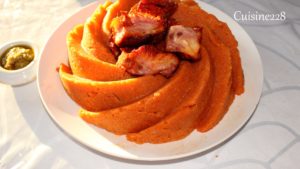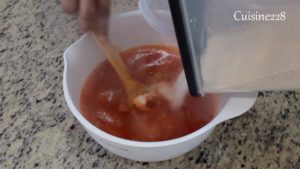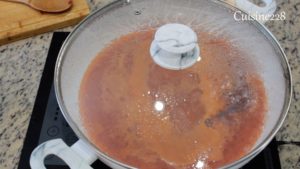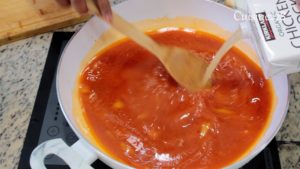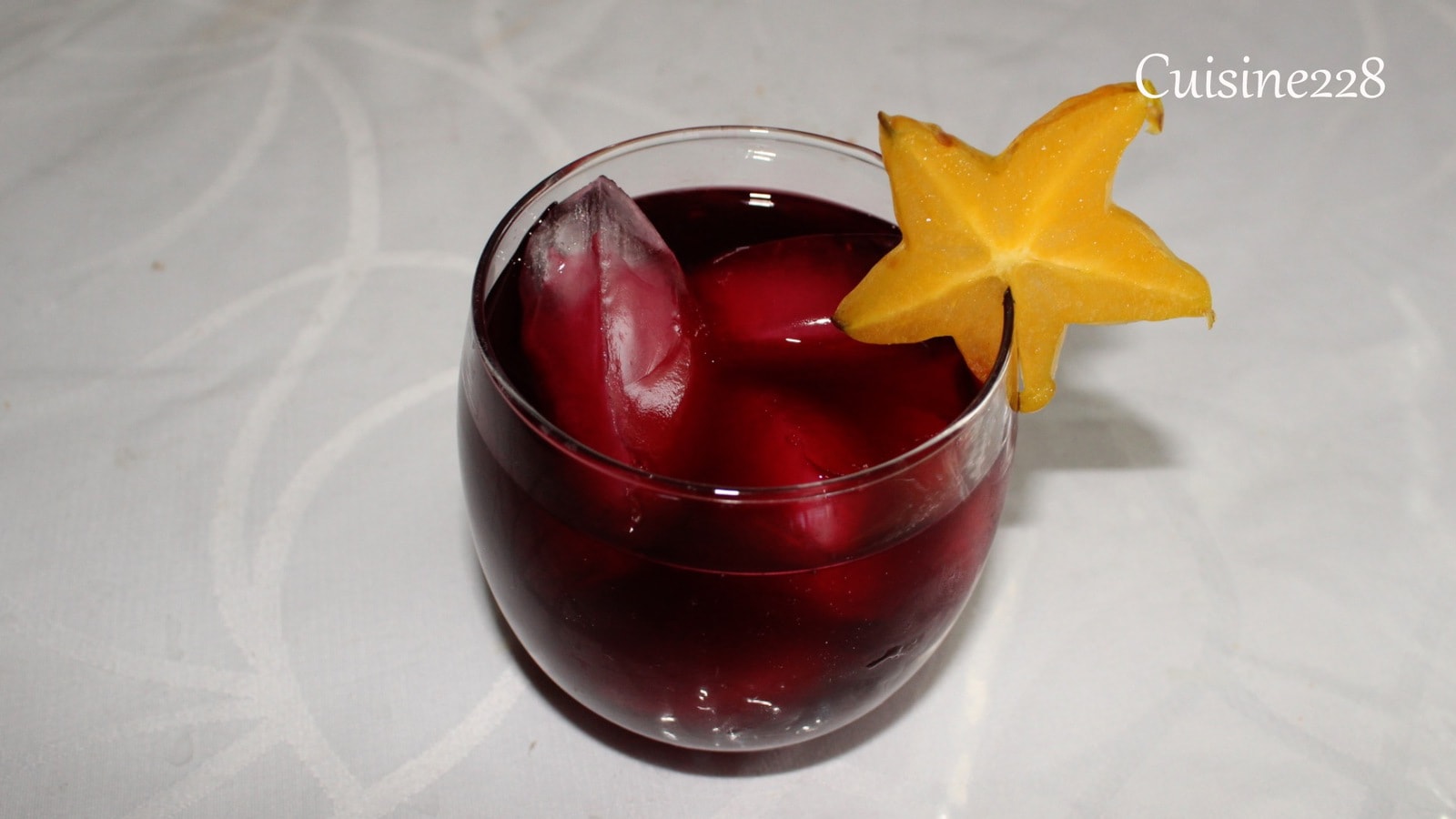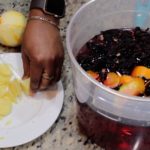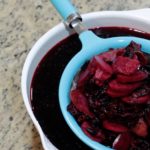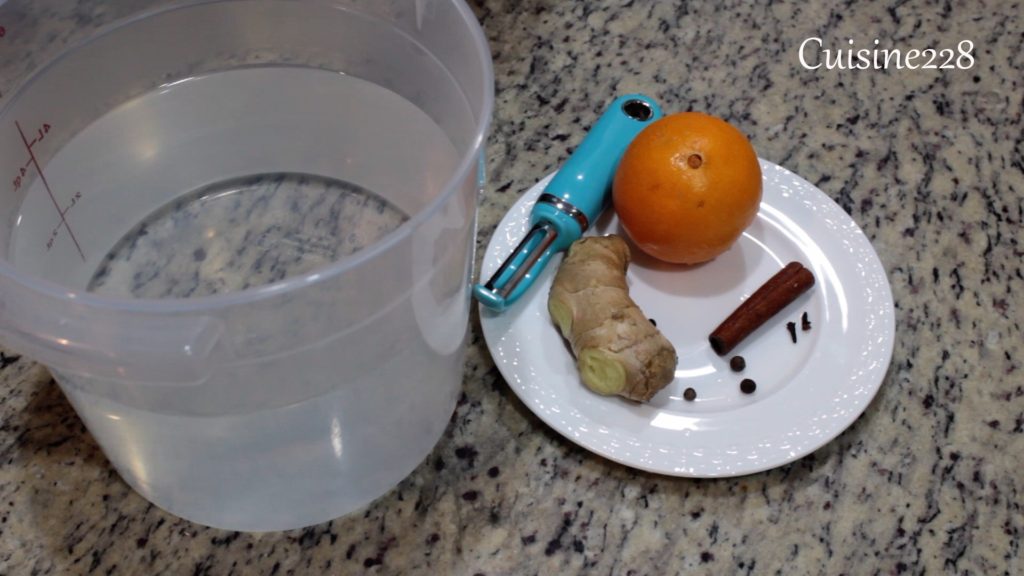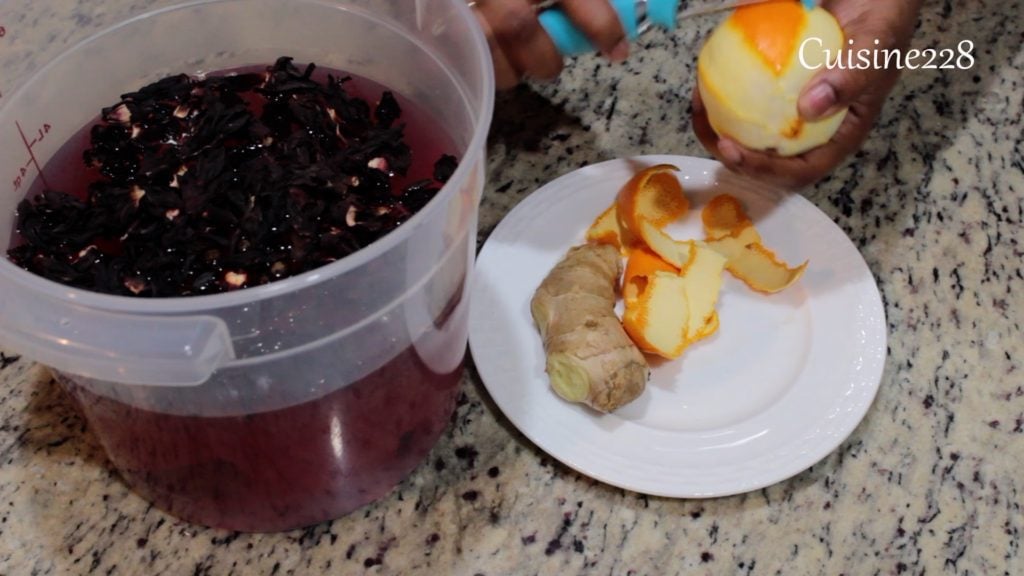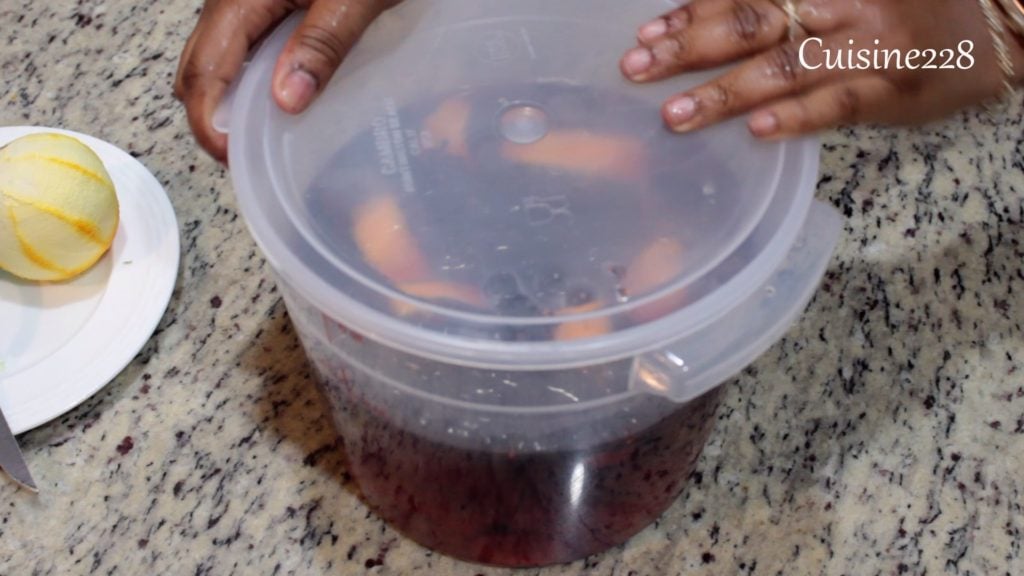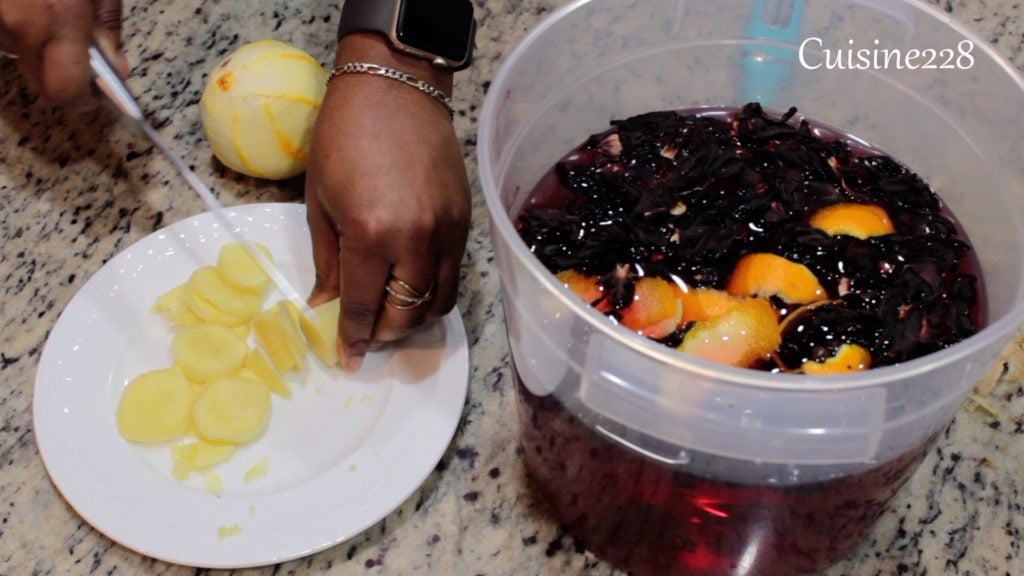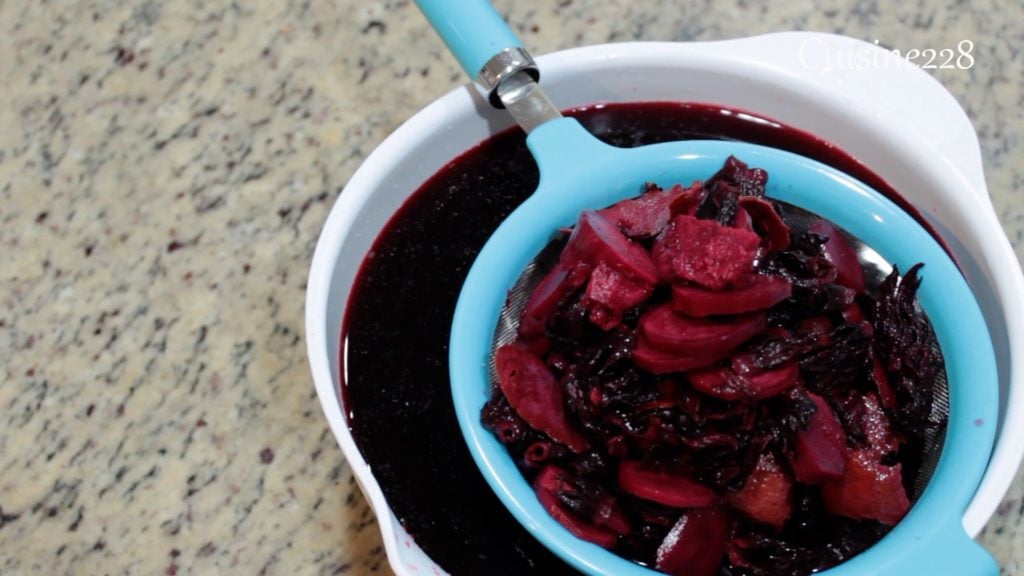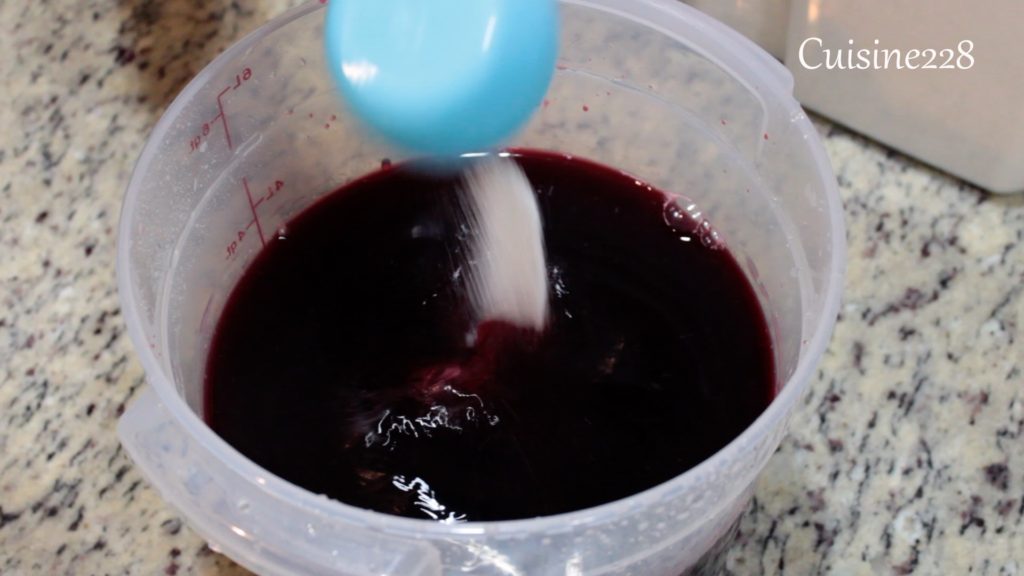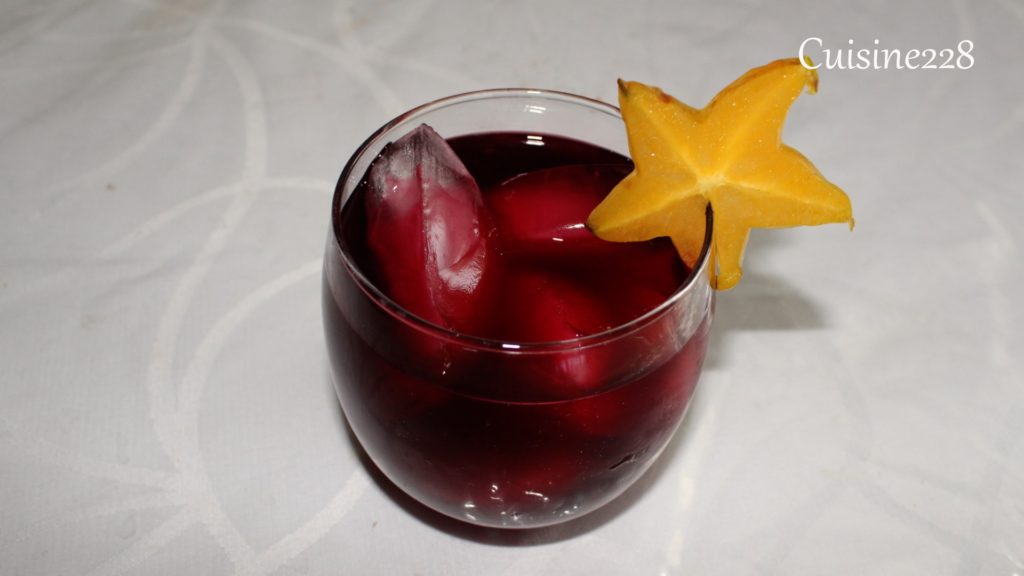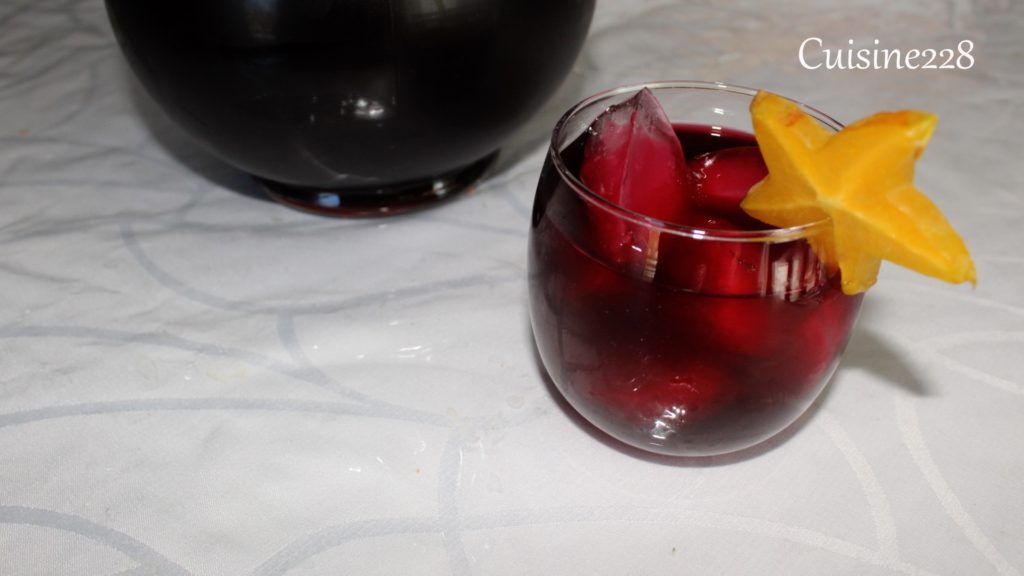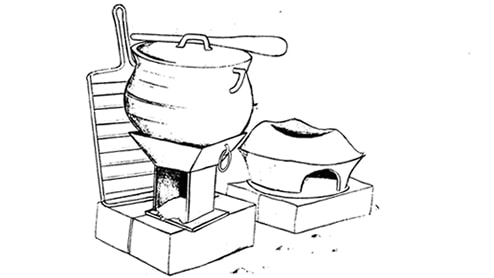
Presentation of Togolese cuisine
In contact with the foreign culture we have integrated into our diet, dishes such as attieke, bissap, couscous … as our mothers say “Knowledge, like fire, looking for the neighbor”. I will even surprise you by adding custard cake, pancakes …
The Togolese cuisine is really influenced by external inputs (sausages, adokougbi or turkey rump, Moulinex electric …). We are visibly less physical and we consume non-organic to affirm a “luxury” (go to the supermarket while we have fresh produce in the market), let our children in front of the TV or the computer all day ( instead of pushing them to play sports …), pay for meat and fish in the “fridge” (body lift) instead of raising or paying for it. For example, hens are less stressed and eat in their natural environment when raised in the wild. The obvious consequence of a poor diet is the increase in the rate of obesity. And people are proud to say that my child is plump (evi gne be lan me the kid my gnon). Respect the environment, trust nature: Eating organic means providing quality food to humans and animals, ensuring non-polluting conditions of cultivation and breeding that respect animal welfare and animal welfare. ecosystems. To eat organic is to support a sustainable, modern agriculture, whose production techniques preserve the fertility of the land (green manures, rotation of crops), respect the environment and animals (living space, healthy food, … ). To eat organic in the USA !!! you have to be rich !!! What are still in Togo should know how lucky, and enjoy it. It is also possible to burn calories by crushing with a traditional mill and walking a lot …
Regardless of your coordinates on the globe, you must eat healthy to keep fit and health. In terms of food, the excesses are as harmful as the deprivations, especially the quantity must ally with the quality. Meals should be varied and all categories of food represented. Eat a lot of fruits and vegetables, simply because they are rich in vitamins, minerals, fiber and water. The vitamins contained in fruits and vegetables are vitamin C, provitamin A or beta-carotene. Eat at fixed times. Otherwise you risk not to satisfy the needs, but to make a calorie overload. It is therefore necessary to eat at regular hours, 3 or 4 times a day.
For the proper functioning of the body, to chase toxins, to fill up with minerals … you must drink 1.5 l of water, not to mention tea, coffee, herbal teas to hydrate you.
Regular physical activity is essential, to maintain the shape, but also to preserve one’s health, to improve one’s mind. To push the children to play in the course, this allows them to divert themselves but also to burn the calories. Do not bother, as soon as you have a moment, move, put the music dance (I recommend kamou- Togolese dance is a good exercise) walk, do small exercises.
NB: this directory does not contain the imported dishes and will be extended with the suggestions of the readers.
The entrees
Avocado salad
Green leaf salad
The homemade mayonnaise
The sauces :
Agbanme dessi: tomato sauce and change of name according to the meat used: for example for mutton the sauce is called gbolan dessi or sheep sauce, beef (gnilan dessi or beef sauce), agouti (holan dessi or sauce agouti), fresh fish (Lan Moumou Dessi or fresh fish sauce)
Fetri dessi (okra sauce).
fufussi he (sauce without tomato or white sauce with fufu)
Gboma dessi. (Aloma, Gbekui, Kotonbli, Makani, Fontete, Etrson)
ADEME.
Kodoyor.
Djasse.
Mawusse.
Yébésséssi
Gnato
Fontete
M gbagba (frying)
Yebesse fionfion
Hounbli
azin dessi (peanut sauce)
Fufu Dessi
Dekou dessi (seed sauce)
The barbecues :
Hanvidokpome (roast piglet).
Chicken grill
Akpesse
Braised fish
Bloumevi
Tchintchinga
Tchintchinga packed
Apart from grilling, we also eat kanlanmi (fried fish) or elantoto (boiled and fried meat). The filleting is either consumed as appetizers (no one draws me) or accompanied yébésséssi (most of the time), frying …
Pasta (The basis of the Togolese diet)
The corn paste and its different preparations: – Éwokumé (flour cooked in water). -Djemkume (flour cooked in a tomato sauce) .- Emakumé (corn flour fermented without sound) .- Com (flour complete fermented corn, molded in corn leaves) .- Ablo (slightly sweet, steamed ) -Akpan
Epo kome
Telibo
Moloukome (rice paste)
Adowè (bean puree)
Pinon (red and white)
Fufu (yam, cassava and plantain)
Nb: most pasta comes with sauces (spicy).
Boiled (zogbon):
zogbon mash (rice porridge)
Aklui zogbon
Coco
Gougoube
Alangban porridge
Tapioca
Akassan
Efio zonzon
Galidossi
The donuts:
Gaou
Banana fritters (“klako”)
Ahawoe
Botokoin
Dough
Other:
Timbani
Rice with fat
Fonio couscous
Ayimolou
Yèkè Yèkè
Mashed azinkokoui
Stew (sweet potato djeteba, yam teba)
Galifoto
Kolonto
Rotten milk
Bli koloe
Atchomon
Grated coconut
Ahayué
Peanut grid
koliko
Klui klui
Doyi
Veyi (bean)
Concacada
Cheese (traditional)
Azi kokui
Kpedji gaou
Kponon or bread (souclé or edje)
Plantain banana chips
Togolese drinks:
Sodabi.
Tchoukoutou.
Deha.
TchapkaloFruit juice
Alangban
Ginger juice
Tamarind
Lemon
liha
Adidoyo
We will develop this repertoire together because cooking is not universal. A very simple example is cooking rice, so far I know three different techniques, for slightly different results. Giving a fixed measure of ingredients is the biggest challenge but we will overcome it. As stated in “Introduction to Togolese cuisine”, Togolese cuisine is acquired by helping the elders in the kitchen “The school of life has no holidays” at home the kitchen no longer have. This is why the measurements are assimilated automatically with time, we “weigh” with the eyes. At the market there are measures for maize, oil … but in the kitchen we adjust with the eyes. “Whoever observes nothing learns nothing.”
The result is very important: “No artifice in cooking to disguise food without taste.” The taste, the smell and the presentation are important as in all the gastronomies. The Togolese dishes especially sauces have a cooking time of 120 to 180 min (the product we bring back from the market to the product served). It is therefore necessary to be very patient “slowly but surely because patience is a path of gold”.
A good kitchen, a good household is the trophy of any Togolese woman from which come the proverbs “In the kitchen and at home, we know what a woman is worth” and “The more women there are in the kitchen, the more soup is good. “Whatever the profession of the woman is a pleasure, a joy to see her family happy around a good meal after a long day.
